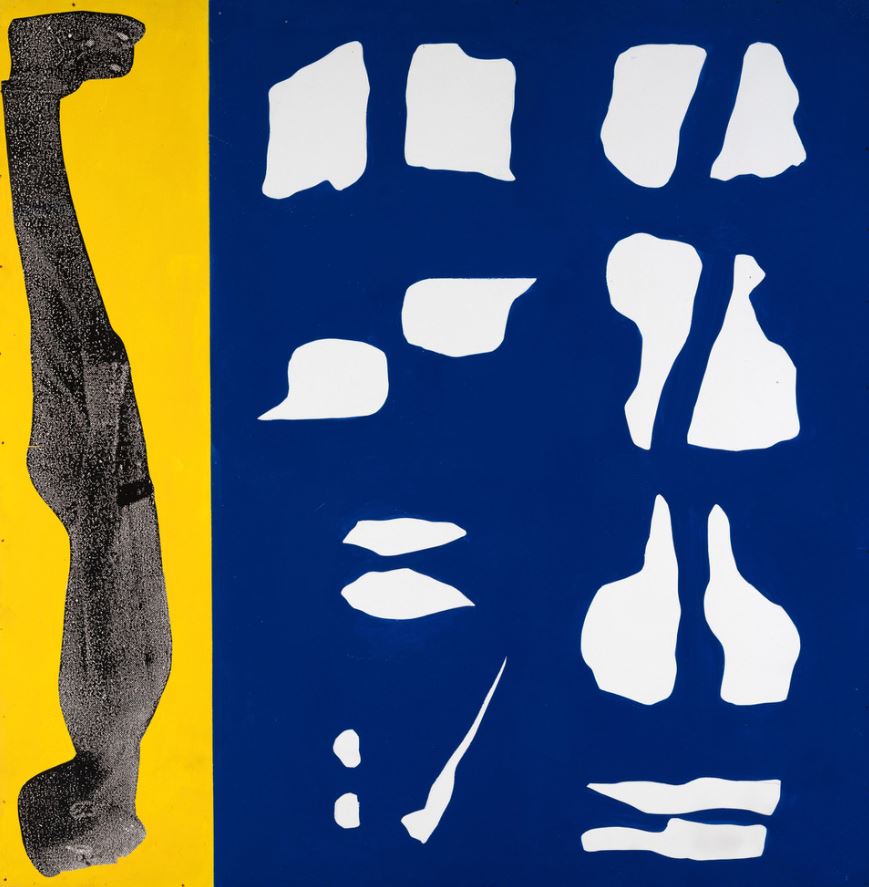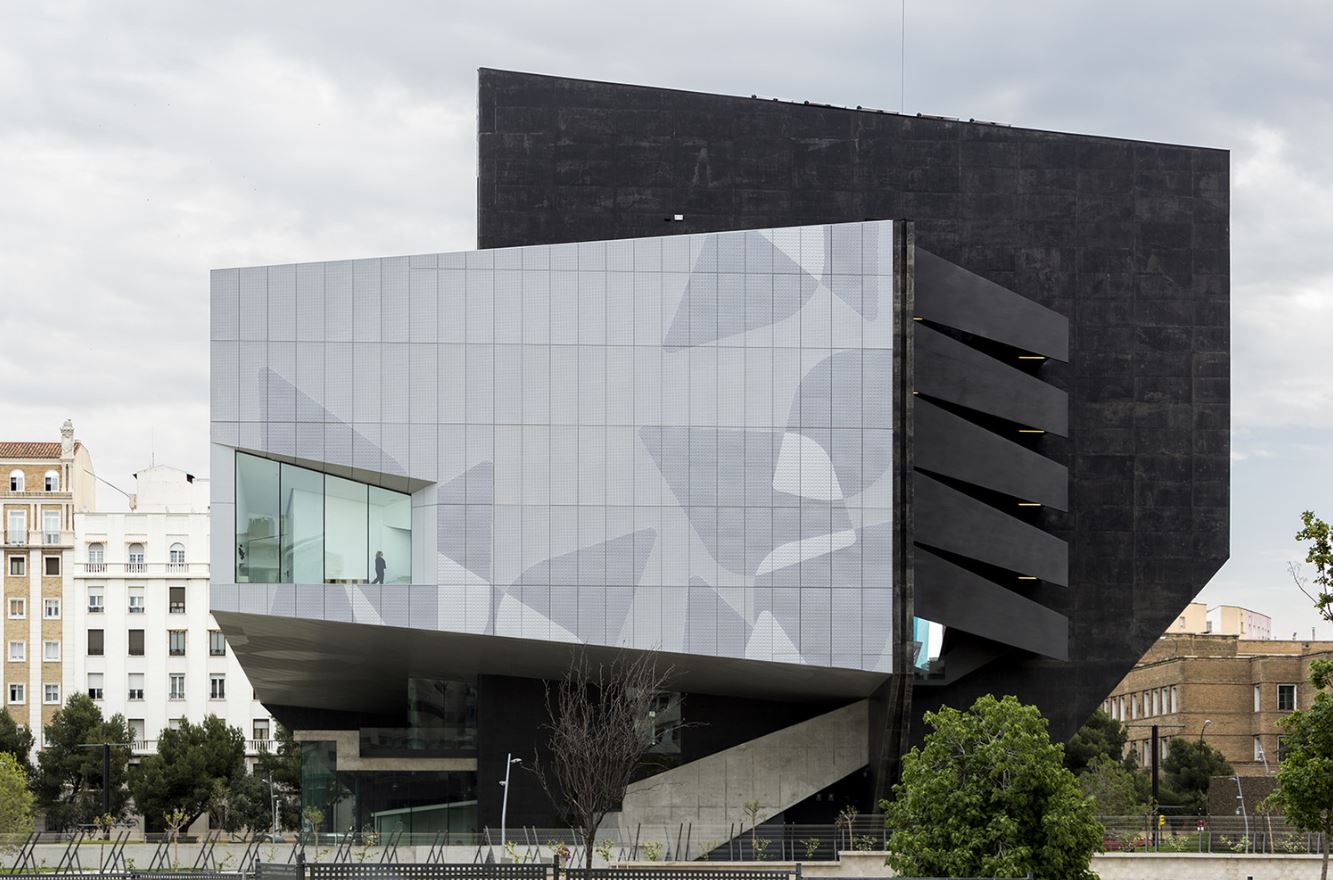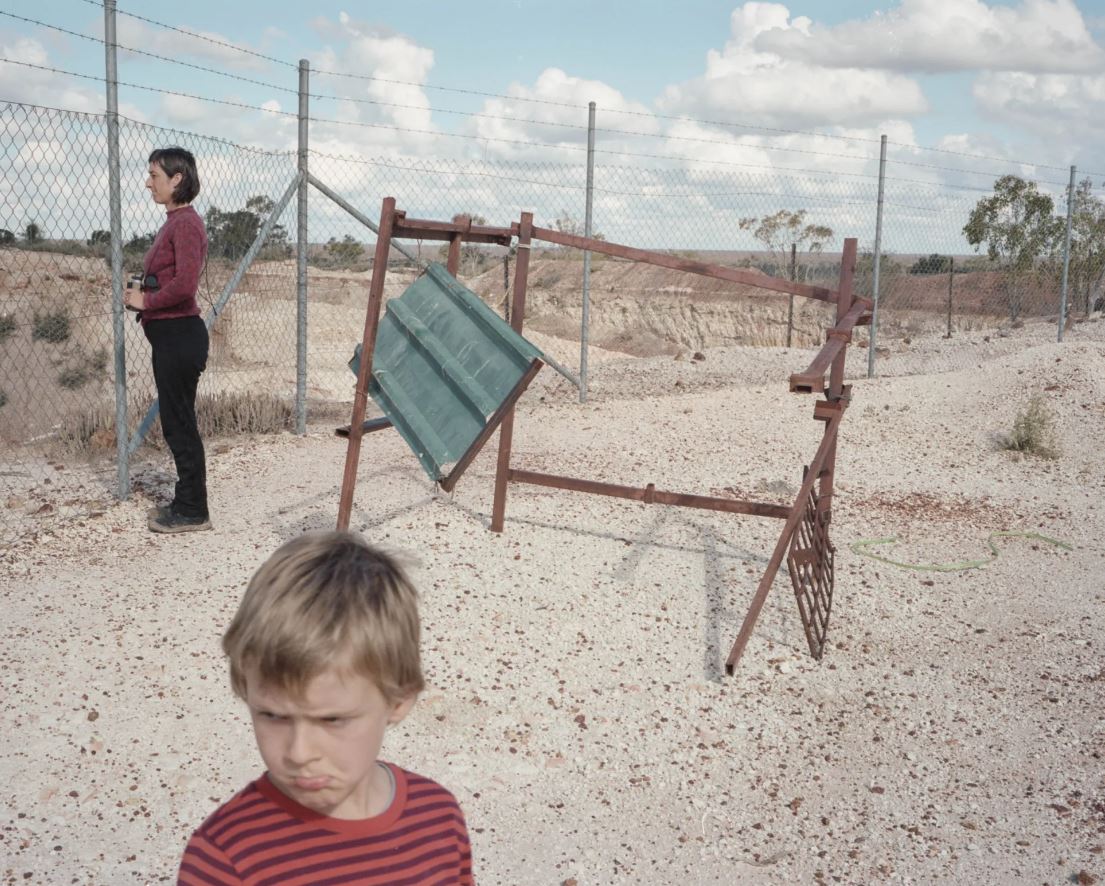reports
The legacy of Windsor Kulturgintza will be revived at the Bilbao Fine Arts Museum

The Bilbao Fine Arts Museum received, in May 2024, a donation of incalculable value for the history of contemporary Basque art. More than two hundred works, including paintings, sculptures, photographs and works on paper, were lent by Roberto Sáenz de Gorbea, collector and former director of the Windsor Kulturgintza gallery. This donation will not only enrich the museum's funds, but will also preserve a fundamental part of the artistic landscape of the Basque Country and the Spanish State, with works that trace a historical and aesthetic line that spans several decades.
Windsor Kulturgintza: a benchmark for contemporary Basque art
Founded in 1971 by Miguel Sáenz de Gorbea, Roberto's father, the Windsor gallery quickly became a reference cultural space in Bilbao. Initially, it focused on the exhibition of established local artists such as Aurelio Arteta or Ramiro Arrue . However, the founder's interest in contemporary art manifested itself very early on. In 1977, Miguel allowed small forays into this area through thematic exhibitions of young artists. Likewise, he shared a special concern for those creators who came out of the faculties of Fine Arts, paving the way for a new generation of Basque artists.
It wasn't just exhibitions. The gallery also became a cultural meeting place, where social gatherings were held with collectors, writers, filmmakers and other cultural personalities. This opening to new horizons marked the dynamic and lively character that the gallery would maintain for decades.
In 1977, Roberto joined the management of the gallery, and in 1981 he assumed its direction. Although his father had already initiated openings towards contemporary art, Roberto transformed the gallery towards the avant-garde. With a clear vision, he opted for emerging creators, especially those trained at the Faculty of Fine Arts of Bilbao, giving space to experimentation in formats such as video and installations. He also updated the name of the gallery, becoming Windsor Kulturgintza.
One of the most outstanding aspects of Roberto Sáenz de Gorbea's management was his ability to innovate in gallery management and bring art closer to the public. In the early 1980s, he pioneered the creation of an installment art buying club, enabling new generations to acquire works of art affordably. "This allowed many people to enjoy art in their homes and at the same time gave the gallery much-needed financial security," explains Roberto. This formula was key to Windsor's continued operation for decades.
In addition, Roberto promoted the organization of cultural trips to visit galleries and art fairs in cities such as Madrid, Paris and Venice. The former director of the gallery recalled how, in an edition of the ARCO fair in Madrid, 18 buses traveled from Bilbao, connecting the gallery with society and promoting the cultural experience of the Bilbao public.

The donation: a cutting-edge legacy
Roberto Sáenz de Gorbea's donation to the Bilbao Fine Arts Museum includes seminal works in post-war Basque sculpture and painting. One of the key artists is Ramón Carrera , a former member of the Emen group, who exhibited for the first time in Windsor in 1981 and became a leading figure in the gallery. Pedro Manterola , painter and former director of the Oteiza Foundation, also stands out. The collection includes works by Txomin Badiola, Pello Irazu and Iñaki de la Fuente , the latter considered particularly relevant by the gallery. Likewise, there are pieces by artists such as Francisco Ruiz de Infante, Alberto Oyarzabal, Jon Mikel Euba and Darío Urzay , key figures in the revitalization of Basque art during the 80s and 90s. Along with them, they also exhibited creators Spaniards such as Joan Miró, Antoni Tàpies and Carmen Calvo . Windsor became an essential platform for artistic experimentation and the local avant-garde during these decades.
The donation also includes a significant representation of female artists such as Juana Cima, Clara Gangutia, Begoña Goienetxea and Merche Olabe , among others. Roberto Sáenz de Gorbea always defended that the criterion for selecting artists was the quality of their work, without gender distinctions, and this equality is reflected in his donation to the museum.
This collection is a testament to Windsor's legacy as one of the most influential galleries in Bilbao and its fundamental role in promoting avant-garde artists, as well as in consolidating the artistic culture of the Basque Country.

Criticism of the market: art as essence, not investment
Despite the success that the Windsor Kulturgintza Gallery had as a benchmark for contemporary art, Roberto Sáenz de Gorbea does not hide his concern about the direction the current market has taken. For him, the relationship between art and investment has corrupted the essence of the artistic experience. Mercantilist logic has distanced art from its cultural value, dragging it into a field dominated by millionaire collectors disconnected from the artists' day-to-day life.
This distortion, added to the large volume of artists coming out of the faculties of Fine Arts, means that many works remain invisible, trapped in a market that cannot absorb the overflowing production. Art thus becomes a commodity, losing its ability to dialogue with society. For Roberto, this is one of the great crises in the world of contemporary art.
Precisely for this reason, your donation takes on a deeper meaning. Far from letting his collection disperse into private hands, he has chosen to return it to his city, ensuring that the works keep their essence alive and continue to enrich the collective culture. Windsor's donation to the Museum of Fine Arts becomes a defense of art as a public good, as living memory that needs to be shared.
Roberto Sáenz de Gorbea was clear that he wanted to return to society a part of what he had accumulated over the years. "It's a pride to have been able to donate to my city's museum," he says. This idea of return had already been present in the 90s, when he tried to create an art center in Getxo to offer part of his collection to the public, a project that did not materialize.
In addition, this donation is also a way of honoring the legacy of his brother Xabier, art critic and historian, researcher and professor at the UPV. Xabier expressed the wish that his personal archive on the historiography of Spanish and Basque art be transferred to a public space.
The generous contribution of Roberto Sáenz de Gorbea not only ensures the preservation of a fundamental part of the history of Basque art, but perpetuates the innovative spirit of Windsor Kulturgintza. This donation allows his legacy to continue to inspire artists, collectors and art lovers, while consolidating Bilbao's role as a hub of contemporary culture.











